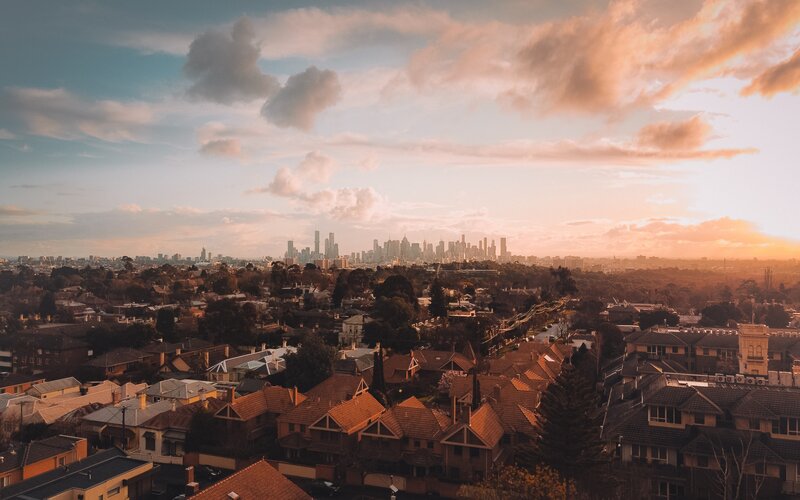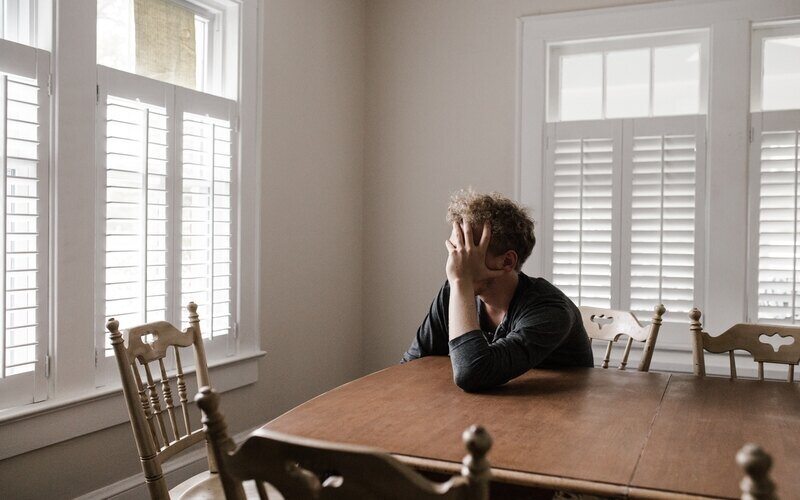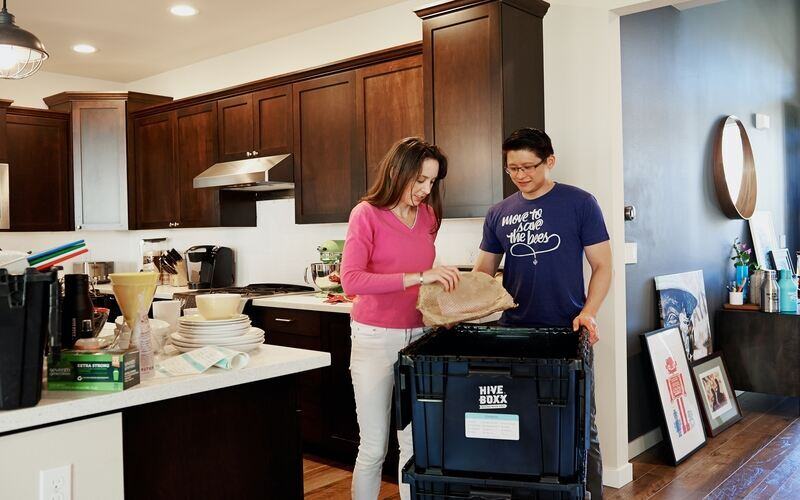The result marked the smallest annual rental increase since the 12 months to March 2021 when rents rose 3.6%, according to CoreLogic's latest quarterly rental review.
It's prompted the property data analyst to declare the national rental market has "well and truly passed the peak" of the recent rental boom which saw national rents shoot up 36.1% since the onset of COVID.
CoreLogic economist Kaytlin Ezzy said affordability was a key driver in the slowdown.
"Rental affordability continues to be a significant drag on rental growth," she said.
As of September 2024, renters with a median household income were spending around 33% of their annual pre-tax income to service median rent - the highest portion since CoreLogic began tracking affordability in 2006.
See also: Australia's rental crisis: how did it come to this?
As a general rule, households paying more than 30% of their pre-tax income on mortgage or rent payments are considered to be in mortgage or rent stress.
Households getting larger
"The net result has potentially seen some prospective renters delay their decision to leave the family home, while others have looked to form larger share households as a way of distributing the additional rental burden," Ms Ezzy said.
Data has shown there's been an unwinding of the COVID-era shrinkage in the average Australian household size as rents have increased.
On a national basis, houses have recorded stronger rent rises - up 0.6% for the December quarter and 5% annually - compared to units where rents fell -0.2% for the quarter but rose 4.2% over the year.
Rental market easing
As well as affordability, Ms Ezzy said changes in supply and demand on the rental market have also contributed to easing rental growth.
"On the demand side, the easing in net overseas migration was also a factor contributing to softer rental demand, with net overseas migration levels expected to normalise around pre-COVID decade averages by the 26/27 financial year," she said.
On the supply side, the value of new investor lending increased by 26.3% in the year to September 2024, suggesting a potential net increase in national rental stock.
Ms Ezzy said these factors have supported an easing in vacancy rates over the year from a low of 1.4% in November 2023 to 1.9% at the end of 2024.
Regions lead rental growth
Around Australia, the data shows the combined regions continue to see stronger rental growth compared to the capital cities, up 1.2% over the quarter and 6.2% over the year.
By comparison, the combined capitals recorded a more modest 0.1% quarterly increase and a 4.3% rise over 2024.
Here are the city-by-city changes in rents for all dwellings:
| Region | Median rent | Vacancy rate (Dec 24) | Month | Quarter | 12 months |
| Sydney | $773 | 2.5% | -0.3% | 0.2% | 3.0% |
| Melbourne | $604 | 1.8% | -0.3% | -0.5% | 4.1% |
| Brisbane | $658 | 2.1% | 0.1% | 0.3% | 3.2% |
| Adelaide | $611 | 1.1% | 0.3% | 1.2% | 6.7% |
| Perth | $695 | 1.4% | 0.4% | 1.3% | 8.1% |
| Hobart | $554 | 1.9% | 0.5% | 1.5% | 6.0% |
| Darwin | $636 | 2.8% | 0.2% | -0.2% | 3.0% |
| Canberra | $667 | 2.5% | 0.6% | 0.6% | 2.6% |
| Combined capitals | $675 | 2.0% | -0.1% | 0.1% | 4.3% |
| Combined regionals | $561 | 1.7% | 0.4% | 1.2% | 6.2% |
| National | $643 | 1.9% | 0.1% | 0.4% | 4.8% |
Source: CoreLogic Quarterly Rental Review, January 2025
Sydney and Melbourne recorded the biggest slowdowns in rental growth over the year, where the rolling annual trend eased from 9.9% and 11% respectively to just 3% and 4.1% in 2024.
The only capitals to see increasing momentum in rental growth were Hobart (+6%) and Canberra (+2.6%) off the back of falling rent values in 2023.
Sydney remains the most expensive capital for rent with a median value of $773 per week, while strong rent rises in Perth saw it take second spot at $695 per week.
Hobart retained its position as the country's most affordable rental capital and was the only capital to record a median weekly rental value under the $600 mark at $554 a week.
Melbourne came in second with a typical dwelling renting for $604 per week.
Yields vary by location
With dwelling values up by 4.9% and rental values up 4.8% nationally, the national gross rental yield held steady at 3.7% over the year.
This remains around 50 basis points above the low of 3.2% recorded in January 2022 but around 50 basis points below the pre-COVID decade national average of 4.2%.
Here is the city-by-city breakdown of gross rental yields for all dwellings:
| Region | Current | 12 months ago |
| Sydney | 3.0% | 3.0% |
| Melbourne | 3.7% | 3.4% |
| Brisbane | 3.6% | 3.9% |
| Adelaide | 3.7% | 3.9% |
| Perth | 4.2% | 4.5% |
| Hobart | 4.4% | 4.1% |
| Darwin | 6.7% | 6.5% |
| Canberra | 4.1% | 4.0% |
| Combined capitals | 3.5% | 3.5% |
| Combined regionals | 4.4% | 4.4% |
| National | 3.7% | 3.7% |
Source: CoreLogic Quarterly Rental Review, January 2025
Melbourne's declining property values, along with moderate rental growth, saw the city's gross rental yield rise to 3.71% over the year, up 29 basis points.
Conversely, yields fell in the high property value growth cities of Perth (4.2%), Adelaide (3.66%), and Brisbane (3.63%).
Sydney held steady at 3% while the other capitals all recorded rental yield increases - Hobart (4.4%), Darwin (6.7%), and Canberra (4.1%).
See also: Top Australian suburbs for rental yield revealed
Highest rental yields in New South Wales
Top suburbs for rental yield in Victoria
Queensland's top suburbs for rental yield
Top South Australia suburbs by rental yield
Western Australia's top suburbs for rental yield
Highest rental yields in Tasmania
Where are the highest rental yields in the ACT?
Advertisement
Buying a home or looking to refinance? The table below features home loans with some of the lowest interest rates on the market for owner occupiers.
| Lender | Home Loan | Interest Rate | Comparison Rate* | Monthly Repayment | Repayment type | Rate Type | Offset | Redraw | Ongoing Fees | Upfront Fees | Max LVR | Lump Sum Repayment | Additional Repayments | Split Loan Option | Tags | Row Tags | Features | Link | Compare | Promoted Product | Disclosure |
|---|---|---|---|---|---|---|---|---|---|---|---|---|---|---|---|---|---|---|---|---|---|
5.79% p.a. | 5.83% p.a. | $2,931 | Principal & Interest | Variable | $0 | $530 | 90% |
| Promoted | Disclosure | |||||||||||
5.74% p.a. | 5.65% p.a. | $2,915 | Principal & Interest | Variable | $0 | $0 | 80% |
| Promoted | Disclosure | |||||||||||
5.84% p.a. | 6.08% p.a. | $2,947 | Principal & Interest | Variable | $250 | $250 | 60% |
| Promoted | Disclosure |
Image by Ivan Samkov via Pexels

Ready, Set, Buy!
Learn everything you need to know about buying property – from choosing the right property and home loan, to the purchasing process, tips to save money and more!
With bonus Q&A sheet and Crossword!





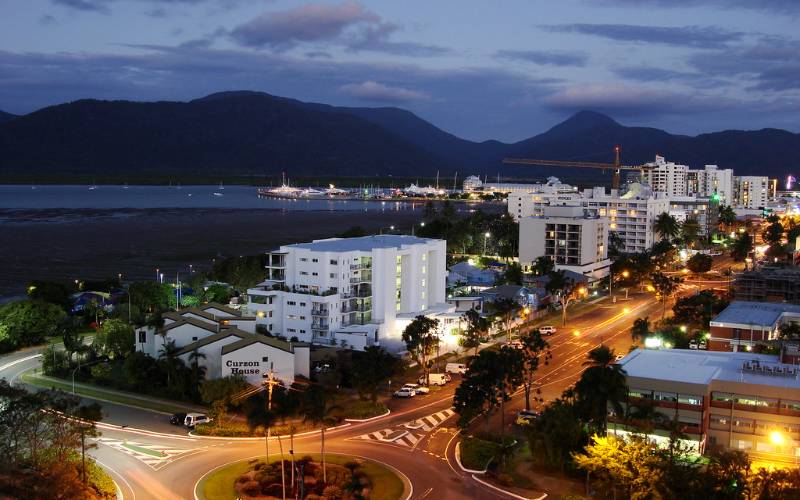
 Harry O'Sullivan
Harry O'Sullivan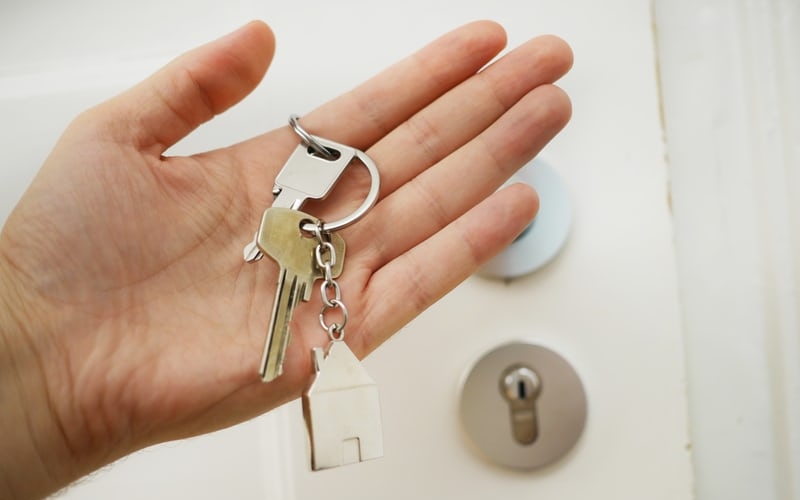
 Harrison Astbury
Harrison Astbury
